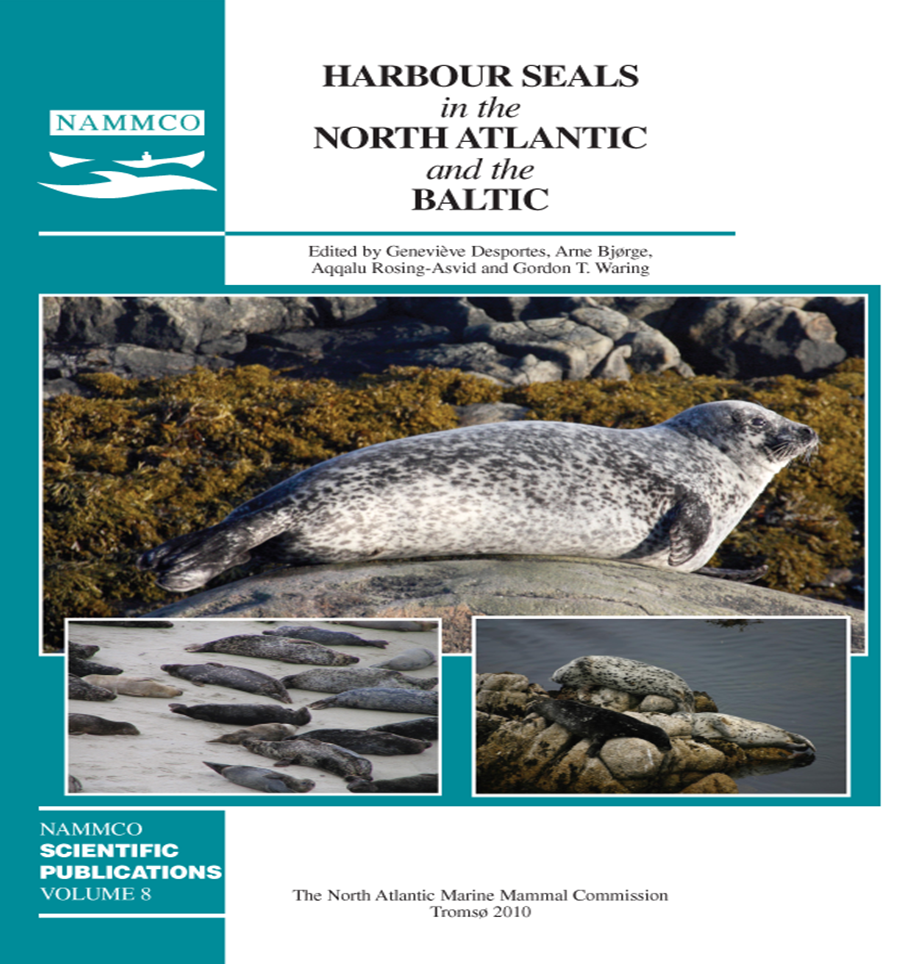Distribution and population structure of North Atlantic harbour seals (Phoca vitulina)
DOI:
https://doi.org/10.7557/3.2669Keywords:
Phoca vitulina, distribution, population, harbour seals, genetics, mtDNA, microsatellitesAbstract
A review of the known geographical distribution and current knowledge on the genetic population structure of harbour seals (Phoca vitulina) in the North Atlantic is presented. Based on a synthesis of the results fromfive different studies of neutral geneticmarkers (mtDNAand nuclear microsatellites, mainly) twelve genetically distinct populations were identified in the North Atlantic: USA/Canada, Iceland, west coast of Norway, Ireland-Scotland, English east coast, Channel area, Wadden Sea, Limfjord, Skagerrak, Kattegat, West Baltic, and East Baltic. Most of the studies addressed the population structure at the regional level, while only a few addressed the structuring at a local level, i.e. within countries. Due to the limited number of studies conducted, the identified population units were considered preliminary andmore detailed, local studies would probably reveal structuring on a finer scale. The choice of genetic markers, their properties, resolution in time and applicability in population structure studies is shortly discussed and compared to ecological methods used to delineate populations.Downloads
Published
2010-09-01
How to Cite
Andersen, L., & Olsen, M. T. (2010). Distribution and population structure of North Atlantic harbour seals (<i>Phoca vitulina</i>). NAMMCO Scientific Publications, 8, 15–35. https://doi.org/10.7557/3.2669
Issue
Section
Articles





